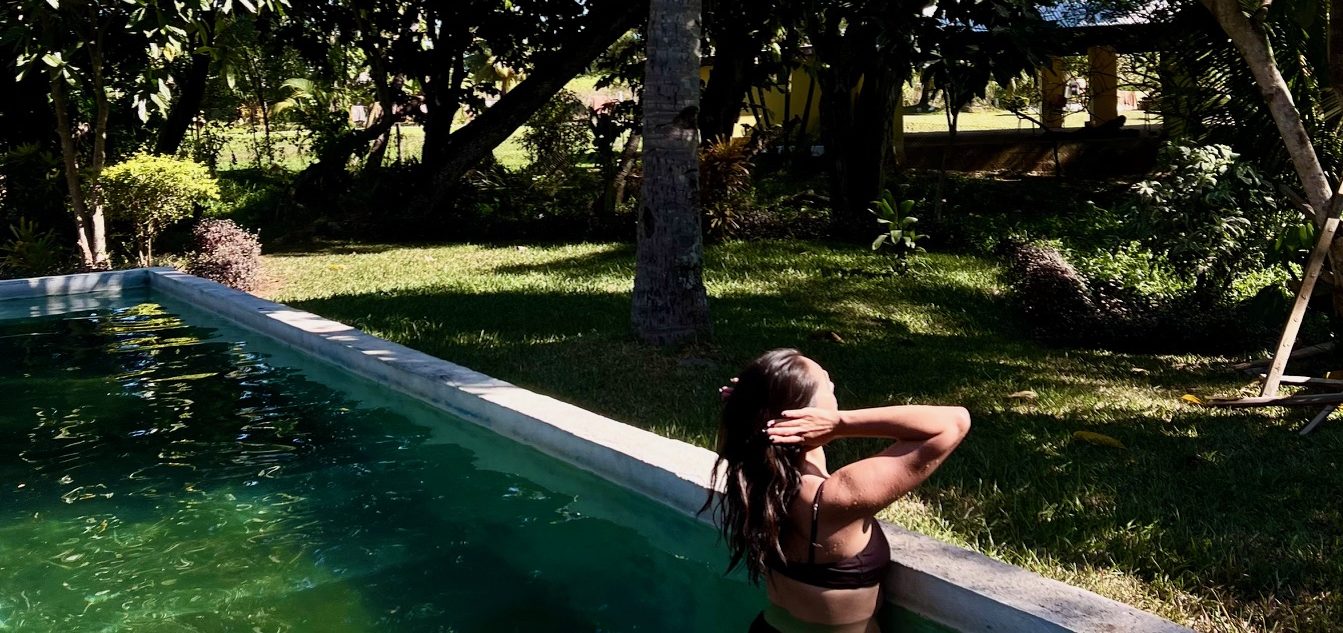Would You Pay $500 for Bed Sheets? I Finally Did, and Here’s Why
Why are we willing to spend that much for, say, nice boots, yet consider bed linens that cost that much unconscionably indulgent? Our columnist fights her way past this double standard.
The other day I threw open the windows, ready to spring clean and flip the mattress. Then I started to strip my bed only to see…sheets shredded by my husband’s toenails.
How long has this situation been developing? I spend eight hours a day physically interacting with my bedsheets, so how did I miss this?
We all have private, recurring bedroom fantasies. Mine is that every night I tuck myself into crisp, unwrinkled, lavender-smelling sheets. But the sad reality is I give my bedsheets no attention—and on the rare occasions I do buy new ones, I get another cheap, $150 set that wrinkles, doesn’t wear well and feels limp after the fourth go-round in the laundry.
But spring is a season of renewal. Maybe I can change—with help.
“I’ll spend money on things for myself—like a $500 pair of boots—so why not on the bedsheets I use every day?” I asked Charles D. Lindsey, an associate professor of marketing at the State University of New York at Buffalo.
Lindsey, whose research focuses on how consumers make choices, said it’s not unusual for shoppers to spend more money on items other people see.
“Clothing is a very public product, and you get social status from it. There’s the emotional satisfaction when someone says, “I love your sweater,’ ” he said. “But bedding is very private. You may be thinking, ‘Oh, that’s just something I sleep on.’ ”
A few centuries ago, I probably would have been more attached to my sheets—if I were lucky enough to have them. Before the 18th century, many people didn’t. They didn’t even have beds, much less separate rooms for sleeping, said historian Annie Coggan, an associate professor at Pratt Institute School of Design in Brooklyn. “They slept on the floor or with the servants.”
In the American colonies, beds and bedrooms were a symbol of wealth and status. “In probate inventories of the time, there was a hierarchy of how things were valued,” she added. “First was the bed linen—because a bedsheet took the most labor if you were weaving it yourself, or else it was imported from England or France, which made it dear. Then it was the table linen and then the rugs.”
These days, when an expensive queen-size sheet set with pillow cases costs upward of $500, bed linens would still rank high in the probate inventory of my estate. But my inner cheapskate can’t help but wonder: What makes sheets worth more than my $150 set?
“Oh, Michelle, when you have good sheets, it’s like having a love affair,” said Tricia Rose, founder of Rough Linen, a sheet maker in San Rafael, Calif., whose Orkney linen queen-size flat sheet is $217.
“In what way?” I asked.
“They absorb moisture so you feel cool and sleep better, they feel fresh on your bed for longer between washes and they will last 10 years if you care for them properly,” she said. Laundering in cold water is easier on the fabric, she says, and “whisk them from the dryer when they feel faintly damp instead of baking them to death.”
“But what about wrinkling? I can’t get the binding on the top sheet to lie flat even if I iron it,” I complained.
“On cheap sheets they sometimes don’t take care to cut the fabric with the grain,” she said.
Also, high-quality sheets are woven from extra-long strands of cotton or flax fibers, “which makes the yarn smoother, finer and softer,” said George Matouk Jr., a sheet maker in Fall River, Mass., whose company’s signature Lowell queen-size flat sheets cost $549 apiece. “They’re woven from cotton grown in the Nile valley, which has ideal conditions to grow the plants.”
My next call was to Manhattan interior designer Gideon Mendelson.
“If I were your client, and I hypothetically had a situation where my husband’s toenails shredded the sheets, how would you convince me to buy nice ones instead of cheaping out on them?” I asked.
“First, I would tell you what my mother, who was a designer, would say—that we all should spend on our shoes and our bed linens. Those are the things we experience the most in a day,” he said.
Next, he would recommend pedicure tools. “I hear about toenails, and dry heels, and both are bad for sheets,” he said. “I often put a nice pumice stone in the bathroom.”
“OK, I’m ready to make the leap—any other advice?” I asked.
He recommended choosing a solid color to complement the other textiles in the bedroom. “Sheets have to fit in with everything else, because they’re usually the last element you choose.”
“So, undyed linen,” I said.
“I lean toward a cotton percale myself,” he said.
But I prefer the texture of linen—and have long coveted Rough Linen’s heavyweight Orkney sheets (“The fabric weighs 8.3 rather than the typical 5.6 ounces per square yard of linen and will last longer,” Rose said).
I ordered a nearly $500 set of sheets. They were nice and flat post washing and damp-drying, and after I slept on them—so smooth! so luxurious!—I was a convert. I want these sheets to last forever.
So I put a toenail-care kit in the bathroom.
 Copyright 2020, Dow Jones & Company, Inc. All Rights Reserved Worldwide. LEARN MORE
Copyright 2020, Dow Jones & Company, Inc. All Rights Reserved Worldwide. LEARN MORE
Records keep falling in 2025 as harbourfront, beachfront and blue-chip estates crowd the top of the market.
A divide has opened in the tech job market between those with artificial-intelligence skills and everyone else.
Only 25 of the most intricate Rolls-Royce Phantoms ever made will celebrate the nameplate’s 100-year legacy.
From mud baths to herbal massages, Fiji’s heat rituals turned one winter escape into a soul-deep reset.
An opulent Ryde home, packed with cinema, pool, sauna and more, is hitting the auction block with a $1 reserve.
























